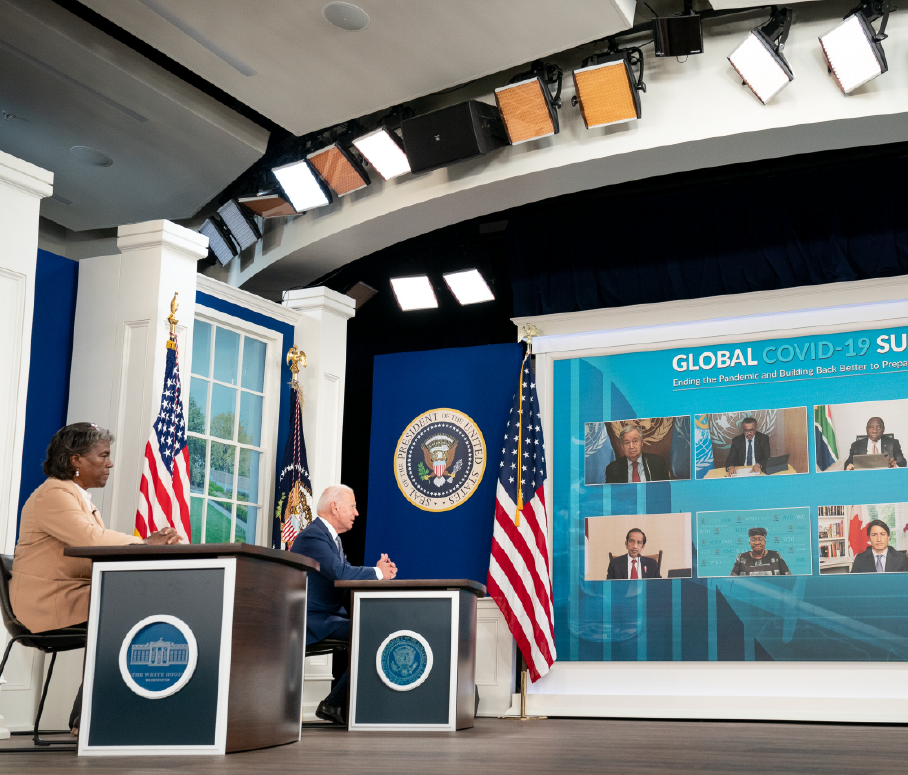While COVID-19 has taken a staggering toll on communities across the globe, impressive advancements made over the last 2 years are helping move us closer to an endemic. As world leaders meet this month, they have important opportunities to make advances in ending the current pandemic and preparing for the next.
The 75th World Health Assembly marks an opportunity to advance dialogue and solutions on issues like WHO reforms and pandemic preparedness. In their discussions, leaders should reinforce the importance of intellectual property (IP) rights, which have led to the development of these lifesaving vaccines, and focus on the real barriers impeding efforts to turn vaccines into vaccinations.
At the Biden Administration’s recent Second Global COVID Summit, officials clearly highlighted that last-mile distribution and vaccine administration are key barriers to increasing global vaccination rates and curbing COVID-19. For example:
- Director General of the World Health Organization (WHO), Dr. Tedros Adhanom Ghebreyesus, stated that “vaccine supply has improved, but absorption has not kept pace, due to insufficient political commitment, operational capacity and finance, combined with vaccine hesitancy driven by mis- and dis-information. Our biggest challenge now is supporting in-country delivery of vaccines.”
- Canadian Prime Minister Justin Trudeau echoed this sentiment: “Supply is no longer the key constraint to COVID-19 vaccination globally. Countries face difficulties getting vaccines from tarmacs into arms, particularly for vulnerable populations and people in remote communities.”
These challenges can be addressed with reforms and further innovation. And as the World Health Assembly focuses on building “new architecture for health emergency preparedness, response and resilience,” it can pave the way for a system equipped to address the current barriers around infrastructure, financing and more. IP protections must be upheld to ensure innovators can help solve continued challenges and so the world is best prepared to combat future pandemics. When innovation is incentivized and protected, it supports collaboration and fuels progress, as seen since the coronavirus emerged.
By further supporting the innovation ecosystem, including through voluntary and mutually agreed upon technology transfer and partnerships, we can get shots into arms, address current barriers and prepare for future health emergencies. The world must strengthen its global health infrastructure and invest in proactive measures and protect IP rights. Through these efforts, the world can – and will – “recover together, recover stronger.”
Watch the full Global COVID-19 Summit here and the World Health Assembly here.
“Our biggest challenge now is supporting in-country delivery of vaccines."
- Dr. Tedros Adhanom Ghebreyesus, WHO Director General


